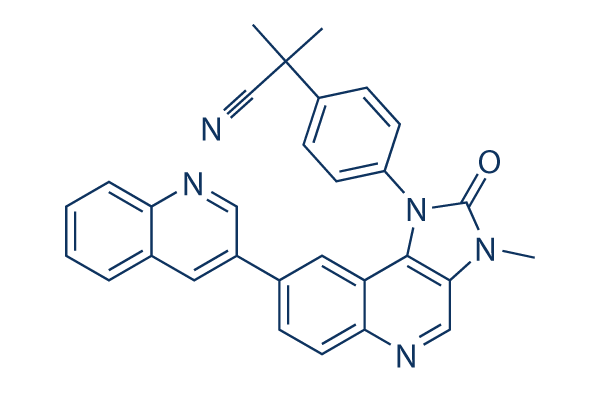This was even more confirmed by MiTF S73A mutation which was not degraded after UVC. The degradation was inhibited by proteasome inhibitor MG132, suggesting that the sig naling pathways through Erk1 two activation soon after UVC and right after c Kit stimulation have been distinct from every other. We observed that re expression of MiTF WT within the A375 melanoma cell line restored a short-term G1 arrest soon after UVC, though handle cells expressing GFP or MiTF S73A cells didn’t, suggesting that degradation of MiTF after UVC may possibly be certain a right G1 cell cycle arrest and therefore allow DNA restore and enrich cell survival. In reality we observed that cells expressing MiTF WT showed much better overall survival right after UVC. While MiTF S73A mutant was existing continually after UVC, it was not able to set off the G1 arrest. As our data exhibits, a part of the reason could be the weak activation on p21WAF1 CIP1 professional moter by this mutant.
Nonetheless, it is actually also possible that there are other downstream genes differentially regu lated by MiTF WT and MiTF S73A, therefore affecting the cell cycle progression. The temporary G1 arrest mediated by MiTF WT appeared to boost cell survival just after UVC, as a replacement the cell death was decreased to about half of that in cells expressing MiTF S73A or handle GFP protein. This consequence was even more confirmed in different melanoma cell lines expressing different levels of MiTF. Cell lines with high ranges of MiTF accumulation survived superior than cells with reduced or un detectable degree of MiTF.
This result is consistent using a recent finding that MiTF dose was correlated with cell survival right after broad band UV radiation, As being a tumor suppressor enjoying versatile roles in many facets of cell cycle progression and DNA replication, p21WAF1 CIP1 is subjected to regulation of many tran scription elements which includes p53, Rb, c Myc and MiTF, Even though it’s effectively established that Odanacatib p21WAF1 CIP1 inhibits CDK activities and for that reason inhibits cell cycle progression, p21WAF1 CIP1 can be crucial for DNA replication initiation by binding to proliferating cell nuclear antigen, Hence the precise role of p21WAF1 CIP1 in cell cycle progression is a lot more complicated and stays to be clarified. In A375 mela noma  cell lines we observed a transient degradation of p21WAF1 CIP1 and after that a speedy recovery of this protein 12 hrs after UVC. The early degradation event could serve the objective of releasing PCNA from replication fork and for that reason initiating a G1 arrest, and the subsequent recovery may serve the goal of inhibiting CKD routines for additional sustaining the G1 arrest. CDK inhibitor p27Kip1 commonly increases when cell cycle is arrested in G1 phase, nonetheless in our experiment we observed that p27Kip1 degraded eight to 12 hours post UVC radiation.
cell lines we observed a transient degradation of p21WAF1 CIP1 and after that a speedy recovery of this protein 12 hrs after UVC. The early degradation event could serve the objective of releasing PCNA from replication fork and for that reason initiating a G1 arrest, and the subsequent recovery may serve the goal of inhibiting CKD routines for additional sustaining the G1 arrest. CDK inhibitor p27Kip1 commonly increases when cell cycle is arrested in G1 phase, nonetheless in our experiment we observed that p27Kip1 degraded eight to 12 hours post UVC radiation.
Mirna Synthesis
Many miRNAs are evolutionarily conserved, which implies that they have important biological functions.
